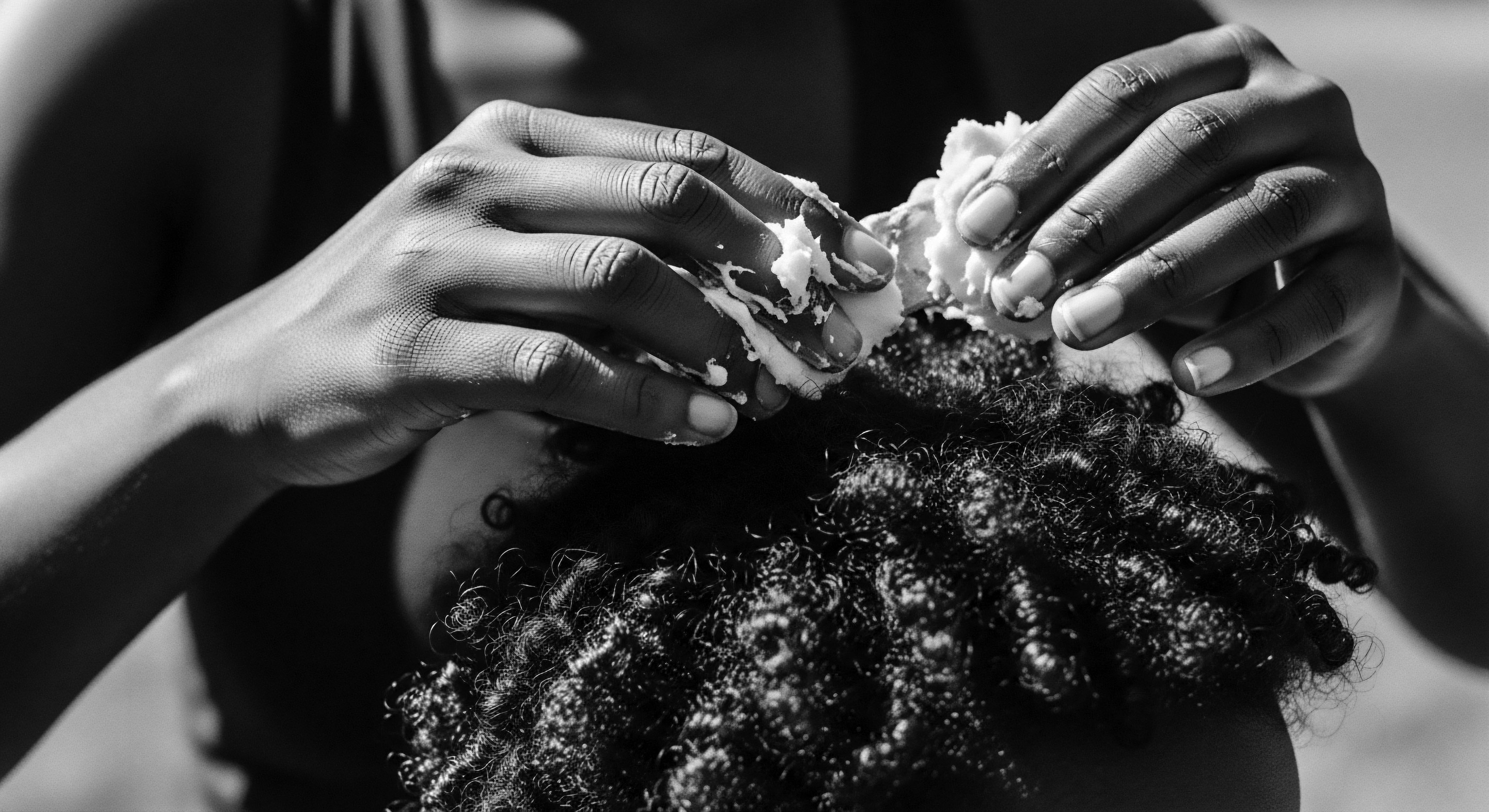
Fundamentals
The concept of UV Radiation Hair refers to the cumulative alterations that solar ultraviolet (UV) radiation inflicts upon the hair fiber. This natural phenomenon, often invisible in its initial stages, affects the hair’s integrity, appearance, and overall vitality. Sunlight, while essential for life, carries wavelengths that can degrade the intricate protein structures forming each strand.
When hair is exposed to the sun’s powerful rays, a cascade of physical and chemical changes begins, leading to what we collectively understand as UV Radiation Hair. This can manifest as dryness, brittleness, diminished elasticity, and changes in color.
For individuals with textured hair, particularly those within Black and mixed-race communities, the sun’s presence has always been a constant, shaping not only skin tones but also influencing hair care practices across generations. The hair, a crowning glory in many ancestral traditions, requires mindful consideration of its environment. Understanding UV Radiation Hair means recognizing the elemental impact of the sun and how communities historically adapted their care rituals to protect and preserve the inherent strength and beauty of their strands.
UV Radiation Hair describes the changes that occur when sunlight’s energy interacts with hair, impacting its strength, texture, and appearance.
The foundational understanding of this interaction starts with acknowledging the hair’s composition. Hair primarily consists of a protein called Keratin, a complex fibrous structure. Melanin, the pigment that gives hair its color, also plays a role in how hair responds to UV exposure.
Darker hair, with its higher melanin content, might absorb more UV radiation, potentially leading to different degradation patterns compared to lighter hair. However, the unique structural characteristics of textured hair, such as its elliptical cross-section and varied curl patterns, often present a distinct set of challenges and needs concerning environmental protection.
Consider these basic effects of UV radiation on hair:
- Protein Degradation ❉ UV rays can break down the keratin proteins, weakening the hair shaft.
- Oxidative Stress ❉ Free radicals are generated, leading to damage at a cellular level within the hair.
- Pigment Fading ❉ Melanin can be oxidized, causing natural hair color to lighten or acquire unwanted tones.
- Cuticle Damage ❉ The outermost layer of the hair, the cuticle, can lift and become compromised, making hair feel rough.
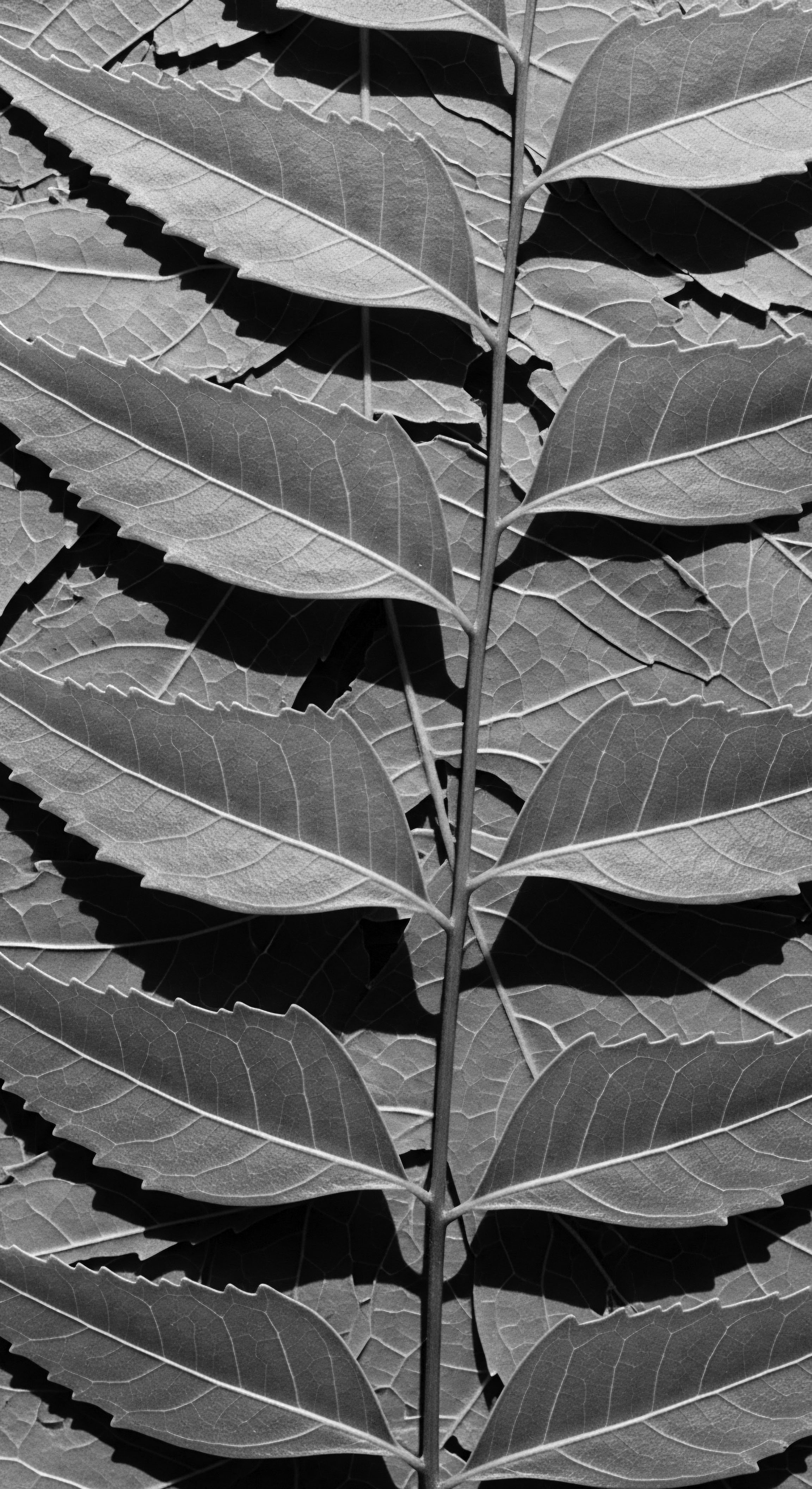
Intermediate
Delving deeper into the concept, UV Radiation Hair signifies a state where the hair fiber has undergone measurable changes due to prolonged or intense solar exposure. The sun emits various types of ultraviolet radiation, primarily UVA and UVB, both of which contribute to hair degradation. UVB rays are particularly adept at targeting and breaking down the amino acids within the hair’s keratin structure, leading to a loss of mechanical strength and elasticity. UVA rays, while less directly damaging to protein, contribute to color changes and oxidative stress by penetrating deeper into the hair cortex.
Textured hair, with its diverse array of curl patterns—from loose waves to tight coils—presents a distinctive interaction with UV radiation. The helical structure of coily and kinky hair means that certain parts of the strand are more exposed to direct sunlight, while other sections are shielded. This uneven exposure can result in varied levels of damage along a single strand, contributing to dryness and breakage at vulnerable points.
Furthermore, the natural architecture of many textured hair types, which often includes a more lifted cuticle layer, can render them more susceptible to moisture loss and external aggressors like UV radiation. This inherent predisposition underscores the long-standing ancestral wisdom in prioritizing moisture and protective practices.
The distinct morphology of textured hair influences how UV radiation impacts its integrity, often necessitating traditional protective measures.
Across various Black and mixed-race cultural legacies, the tender care of hair has been intertwined with environmental awareness. Generations past observed the sun’s drying and altering effects, developing sophisticated rituals and ingredients to mitigate damage. These practices were not merely cosmetic; they represented a profound understanding of hair’s resilience and a commitment to preserving its vitality amidst challenging climates.
Consider the ingenuity embedded in historical hair care:
- Head Coverings ❉ Traditional head wraps, scarves, and elaborate coverings served as primary physical barriers against the sun’s direct assault, protecting both hair and scalp.
- Natural Butters and Oils ❉ The widespread application of plant-derived emollients like shea butter, cocoa butter, and various botanical oils created a protective film, sealing in moisture and offering a degree of natural sun defense.
- Protective Styling ❉ Braids, twists, and other intricate styles kept hair bundled and tucked away, minimizing surface area exposure to the elements and reducing physical manipulation.
The understanding of UV Radiation Hair, therefore, is not solely a modern scientific revelation; it is an elucidation of phenomena recognized and addressed by our ancestors through observation and inherited knowledge. This historical continuity speaks to the enduring quest for hair wellness.
| Aspect of Protection Physical Barrier |
| Ancestral Practice (Historical Context) Head wraps, elaborate braided styles, natural fiber coverings. |
| Contemporary Understanding (Scientific Link) Minimizing direct exposure, reducing surface area for UV absorption. |
| Aspect of Protection Moisture Retention |
| Ancestral Practice (Historical Context) Application of unrefined butters (e.g. shea, cocoa) and oils. |
| Contemporary Understanding (Scientific Link) Emollients form occlusive layers, reducing transepidermal water loss and strengthening the hair's lipid barrier. |
| Aspect of Protection Nutrient Infusion |
| Ancestral Practice (Historical Context) Herbal rinses, plant extracts, and nutrient-rich oil infusions. |
| Contemporary Understanding (Scientific Link) Antioxidants and vitamins from botanicals combat free radical damage caused by UV. |
| Aspect of Protection These parallel approaches demonstrate a continuous legacy of care for hair in the face of solar influence. |
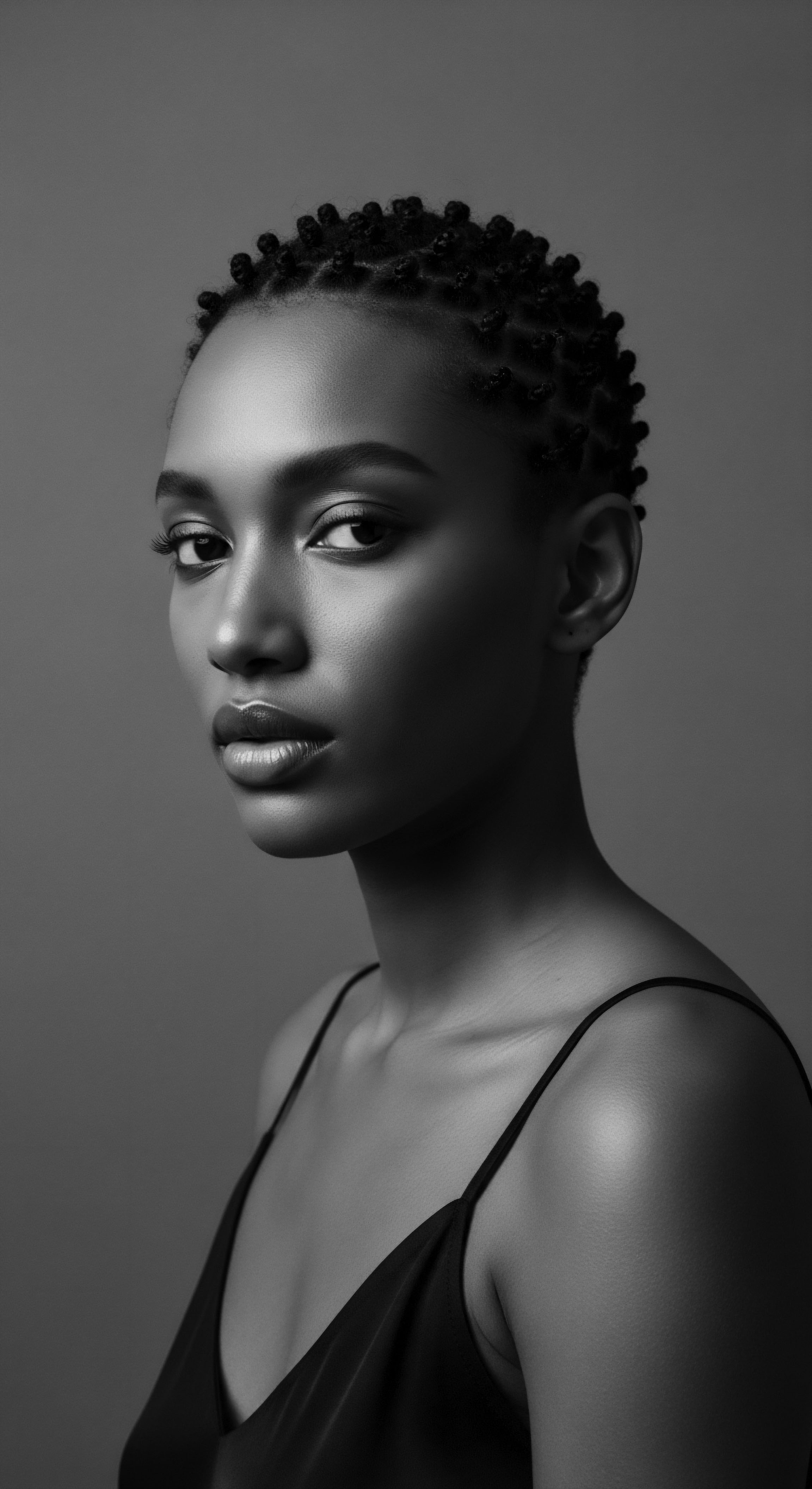
Academic
The academic definition of UV Radiation Hair delineates a complex interplay between solar electromagnetic energy and the multifaceted biochemical and biophysical composition of the hair fiber. This condition represents a continuum of photochemical reactions, primarily involving the absorption of ultraviolet wavelengths by chromophores within the hair shaft, leading to oxidative damage and structural degradation. The hair’s primary protein, Keratin, rich in sulfur-containing amino acids like cystine, is particularly susceptible to UV-induced cleavage of disulfide bonds and oxidation of tryptophan and tyrosine residues. This process weakens the protein matrix, diminishes mechanical strength, and compromises the hair’s natural elasticity.
Beyond protein damage, UV radiation also affects the hair’s pigment, melanin, leading to photo-oxidation and subsequent color fading or undesirable tonal shifts. The lipid layer of the hair cuticle, a vital component for maintaining hydrophobicity and smoothness, can also be degraded, resulting in increased porosity, heightened friction, and a rougher surface texture.
From a scholarly perspective, the susceptibility of textured hair to UV-induced changes is not merely a function of melanin content, but rather a profound consequence of its unique morphological characteristics. The elliptical cross-section, the density of curl patterns, and the inherent structural variations in the cuticle layers of coily and kinky hair expose different surface areas to solar radiation. This differential exposure can lead to localized damage, exacerbating issues such as breakage at points of curvature or increased porosity in areas where the cuticle is naturally more lifted. The cumulative impact over a lifetime, especially within populations historically exposed to intense solar environments, manifests as a distinct profile of UV Radiation Hair, characterized by diminished luster, increased fragility, and a greater propensity for tangling.
UV Radiation Hair represents a spectrum of photochemical and biophysical changes in hair, profoundly influenced by the unique structural nuances of textured strands.
The historical recognition of the sun’s influence on hair within ancestral African communities predates modern photochemistry by centuries. This profound observation led to the development of sophisticated hair care protocols, not simply as aesthetic choices, but as vital protective measures. A compelling instance of this ancestral wisdom is the widespread use of Shea Butter (Vitellaria paradoxa) across the West African savanna. Communities traditionally extracted this rich butter from the nuts of the shea tree, employing it not only for culinary purposes but as a foundational element in hair and skin care.
The application of shea butter to hair served multiple purposes ❉ it provided intense moisture, acted as a sealant against environmental aggressors, and, significantly, offered a degree of natural sun protection. Research has indeed affirmed that shea butter contains cinnamic acid esters and triterpene alcohols within its unsaponifiable fraction, compounds known to absorb UVB radiation (Akihisa et al. 2010; Sarruf et al. 2020).
This biochemical property provides a scientific validation for an ancient practice, demonstrating how indigenous knowledge systems intuitively harnessed natural resources for photoprotective benefits long before the advent of synthetic sunscreens. The women of various West African ethnic groups, through generations of embodied knowledge, understood the protective qualities of this butter, applying it to their hair and scalps to maintain health and prevent sun-induced desiccation, a practice often coupled with elaborate head coverings and protective styling to further shield their strands from the equatorial sun. (Verma & Singh, 2008; Okere City, 2020).
The long-term consequences of UV Radiation Hair, particularly for individuals with textured hair, extend beyond mere cosmetic concerns. Chronic exposure without adequate protection can lead to progressive degradation of the hair shaft, increasing susceptibility to mechanical damage, thermal styling injury, and chemical processing stress. This creates a cycle of fragility that can compromise hair length retention and overall hair health.
The resilience observed in many Black and mixed-race hair experiences, despite historical and contemporary challenges, is a testament to the enduring legacy of ancestral care practices. These practices, passed down through oral traditions and communal rituals, represent a profound insight into hair’s needs.
Consider the enduring insights derived from historical practices concerning UV Radiation Hair:
- Holistic Protection ❉ Ancestral methods often integrated physical barriers (headwraps), natural emollients, and protective styles, demonstrating a comprehensive approach to environmental shielding.
- Adaptation to Climate ❉ Communities in sun-drenched regions developed specific botanical knowledge, identifying plants with properties that could mitigate solar damage.
- Community and Ritual ❉ Hair care, including sun protection, was often a communal activity, reinforcing social bonds and transmitting intergenerational wisdom about hair health.
The analysis of UV Radiation Hair through a heritage lens also reveals the profound impact of societal standards. During periods of forced assimilation or the imposition of Eurocentric beauty ideals, traditional protective practices were sometimes discouraged or devalued. This often left textured hair more vulnerable to environmental stressors, compounding the physical damage with psychological burdens.
The contemporary resurgence of natural hair movements is a powerful reclaiming of ancestral wisdom, re-emphasizing the importance of understanding and protecting hair in its authentic state, including its response to solar radiation. This movement celebrates the inherent beauty and strength of textured hair, honoring the historical continuum of care.
Furthermore, the meaning of UV Radiation Hair has evolved, moving from an observed phenomenon to a subject of rigorous scientific inquiry that often validates ancestral insights. The delineation of specific UV wavelengths (UVA, UVB) and their distinct mechanisms of damage—from protein photo-oxidation to lipid peroxidation—provides a granular understanding of the challenges hair faces. This scientific explication allows for the development of targeted modern solutions, such as UV-filtering hair products, while simultaneously deepening our appreciation for the intuitive brilliance of traditional methods. The interplay between scientific discovery and inherited wisdom allows for a richer, more comprehensive approach to hair care, acknowledging both the elemental and the engineered in safeguarding the strand.
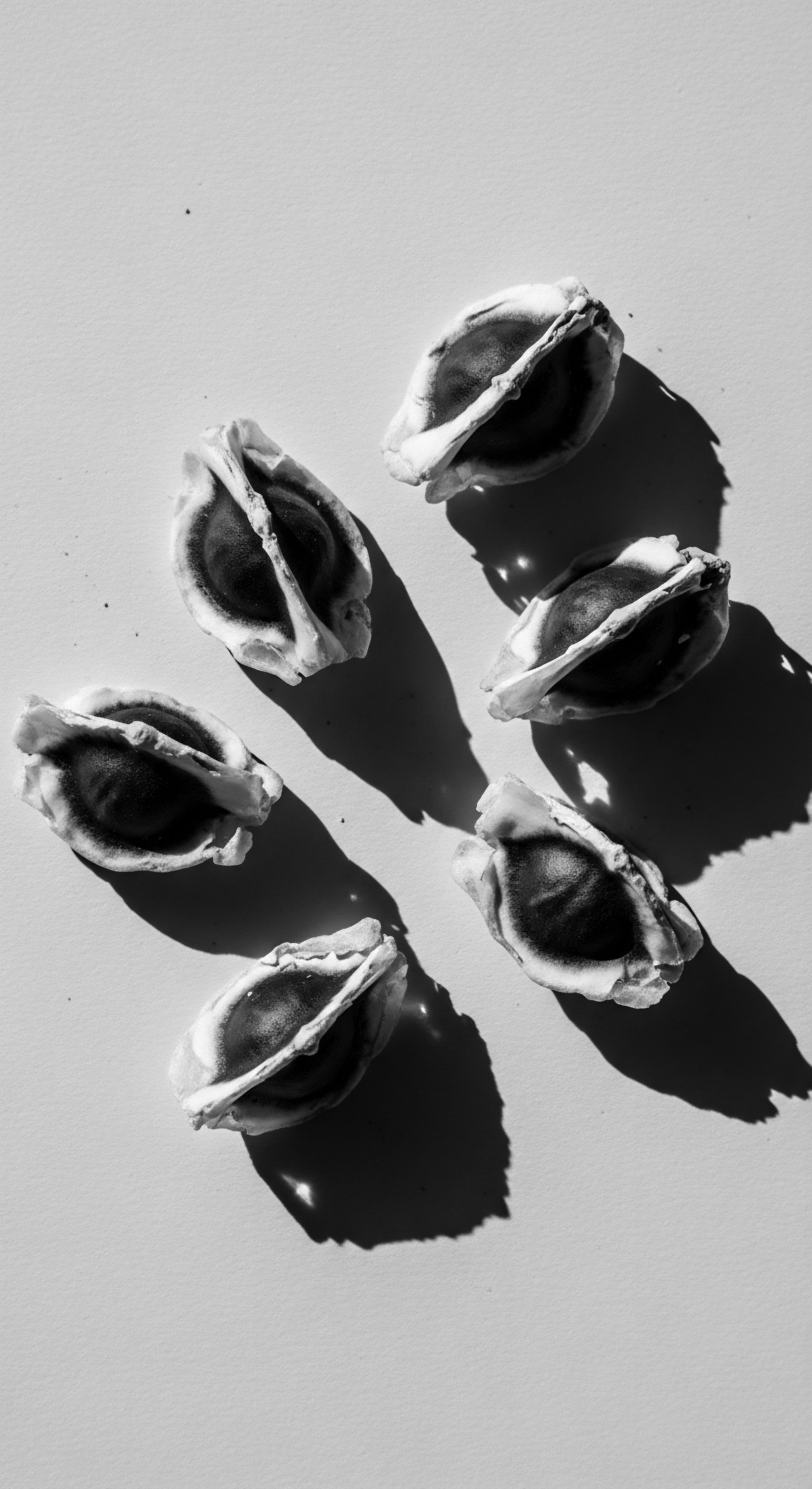
Reflection on the Heritage of UV Radiation Hair
The journey through the meaning of UV Radiation Hair, from its elemental biology to its resonance within living traditions, invites a profound meditation on the enduring soul of a strand. Our exploration has traversed the delicate scientific mechanisms of solar impact and the robust, time-honored practices that ancestral hands crafted to shield and nourish. The story of UV Radiation Hair is not simply a clinical description of damage; it is a narrative thread woven through the very fabric of textured hair heritage, a testament to resilience, adaptation, and an unwavering commitment to self-preservation.
From the sun-drenched savannas where shea butter became a cherished balm, to the intimate communal spaces where braiding patterns spoke volumes of protection and identity, the wisdom of our forebears echoes with a gentle, yet powerful, clarity. They understood, with an intuitive depth, that hair was more than adornment; it was a living extension of self, a repository of history, and a beacon of cultural pride. Protecting it from the relentless sun was an act of profound care, a ritual that connected individuals to their lineage and their environment.
Today, as we stand at the confluence of ancient wisdom and modern scientific insight, the legacy of UV Radiation Hair calls us to remember. It beckons us to honor the ingenuity of those who came before, whose observations laid the groundwork for our contemporary understanding. The hair on our heads carries the stories of their resilience, their adaptability, and their unwavering spirit.
In every protective style, in every application of a natural oil, there resides an unbroken connection to a heritage of meticulous care. This awareness deepens our appreciation for the intrinsic beauty and strength of textured hair, affirming its unbound helix as a symbol of enduring identity and an inspiration for futures yet to unfold.
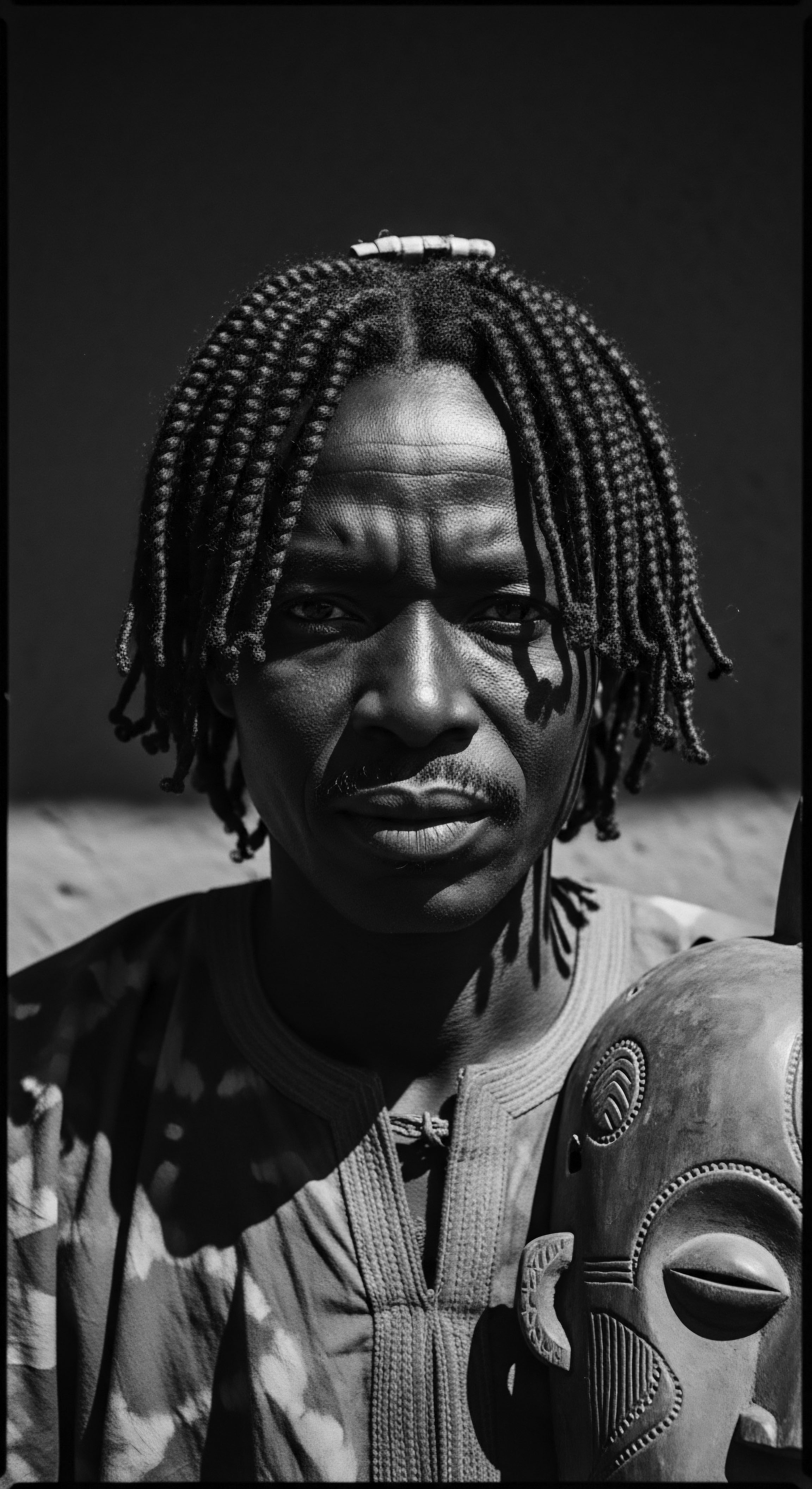
References
- Akihisa, T. Kojima, N. Katoh, N. Ichimura, Y. Suzuki, H. Fukatsu, M. Maranz, S. & Masters, E. T. (2010). Triterpene alcohol and fatty acid composition of shea nuts from seven African countries. Journal of Oleo Science, 59(7), 351–360.
- Rele, A. S. & Mohile, R. B. (2003). Effect of mineral oil, sunflower oil, and coconut oil on prevention of hair damage. Journal of Cosmetic Science, 54(2), 175–192.
- Sarruf, F. D. Cândido, T. M. de Oliveira, C. A. Bou-Chacra, N. A. Velasco, M. V. R. & Baby, A. R. (2020). Influence of Shea (Butyrospermum parkii) butter, TiO2 and ethylhexyl methoxycinnamate on physical parameters and in vitro photoprotective efficacy. Journal of Cosmetic Dermatology, 19(8), 2076-2085.
- Verma, N. & Singh, V. P. (2008). Shea butter (Butyrospermum parkii) ❉ A review. Journal of Chemical and Pharmaceutical Research, 1(1), 1-8.
- Jacobson, M. (1998). Himba ❉ Nomads of Namibia. Struik Publishers.
- Masters, E. T. Yidana, J. A. & Lovett, P. N. (2004). Reinforcing sound management through trade ❉ shea tree products in Africa.
- Honfo, F. G. et al. (2014). Nutritional Composition of Shea Products and Chemical Properties of Shea Butter ❉ A Review. Food and Nutrition Sciences, 5(22), 2132-2140.
- Alander, J. (2004). Shea butter a multifunctional ingredient for food and cosmetics. Lipid Technology, 16(9), 202–205.
- Elias, M. & Carney, J. (2007). African shea butter ❉ A feminized subsidy from nature. Africa, 77(1), 37–62.
- Cosmetic Ingredient Review Expert Panel. (2024). Safety Assessment of Butyrospermum parkii (Shea)-Derived Ingredients as Used in Cosmetics. International Journal of Toxicology, 43(1_suppl), 82S-95S.
